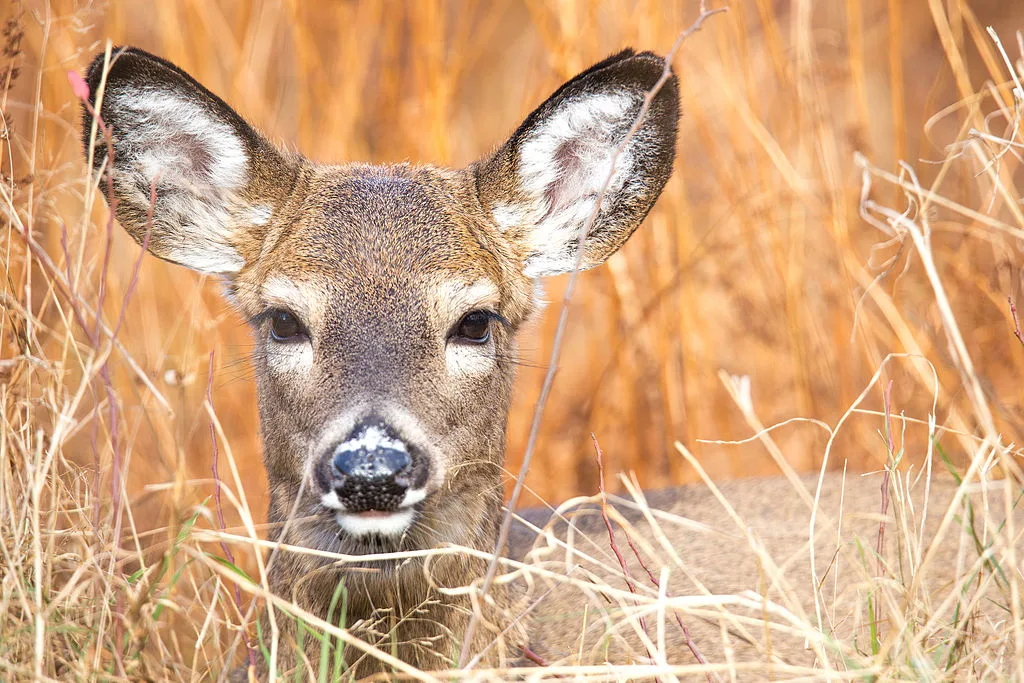
Up to 40% of wild deer in US may have been exposed to coronavirus: Study
More research is needed to confirm the findings, but experts say there is some cause for concern.
Up to 40 per cent of wild white-tailed deer in the U.S. have been exposed to coronavirus, according to a new study published in bioRxiv.
In some areas, concentrations are even higher. In Michigan, for example, upwards of 67 per cent of wild deer have likely been in contact with it.
The team tested 385 wild white-tailed deer serum samples taken between January and March 2021, along with 239 archived samples from 2011 to 2020 for SARS-CoV-2 antibodies.
None of the animals involved in the study showed signs of ill health, but the presence of specific antibodies in their bloodwork suggests virus exposure. Last year, scientists identified specific blood proteins for SARS-CoV-2 in three deer. Between January and March 2021, almost half of the samples taken from Michigan, Pennsylvania, Illinois, and New York showed the presence of those antibodies.
The paper still needs to be peer-reviewed, but researchers say the findings raise concern because they represent the first evidence of far-reaching SARS-CoV-2 exposure in wild animals - and infection control can be challenging in wild populations.
To confirm the hypothesis, the animals would need to be tested for viral RNA to determine if they can harbour coronavirus, but the bloodwork creates a strong case that they do, researchers say.
UNANSWERED QUESTIONS
If deer can spread the pathogen, it creates the possibility SARS-CoV-2 could evolve into a new strain that could infect humans in the years to come, the authors say in a statement.
Past research suggests white-tailed deer are "highly susceptible" to SARS-CoV-2 and that they can spread the pathogen to one another.
ZOONOTIC SPILLOVER
Experts say COVID-19 is an example of a zoonotic spillover event, which occurs when a virus overcomes several roadblocks and becomes feasible in another species. COVID-19 is presumed to have transferred from bats to humans.
The authors of the new study say more work needs to be done to determine if the disease is spreading in the wild, and how the deers were exposed. It's not clear if the virus jumped from humans to deer, or came from exposure to infected livestock, or from another wild animal species.
U.S. officials are calling to keep a closer eye on wildlife, particularly among animals in close contact with humans or deer.
Thumbnail image courtesy: National Park Service.






